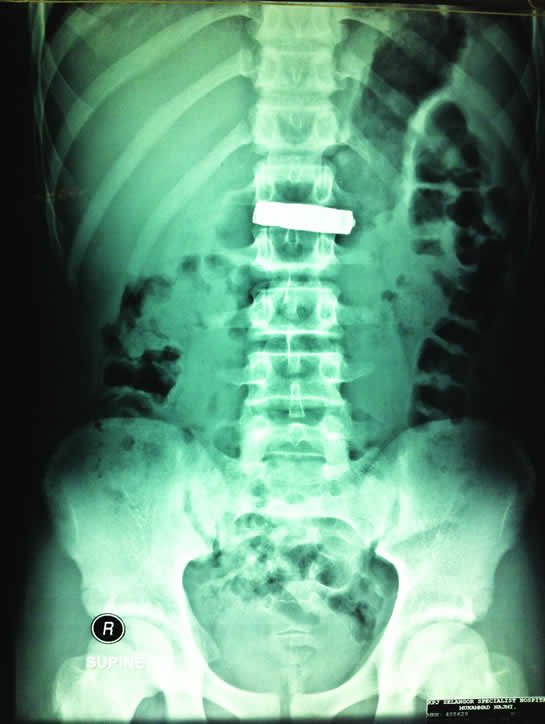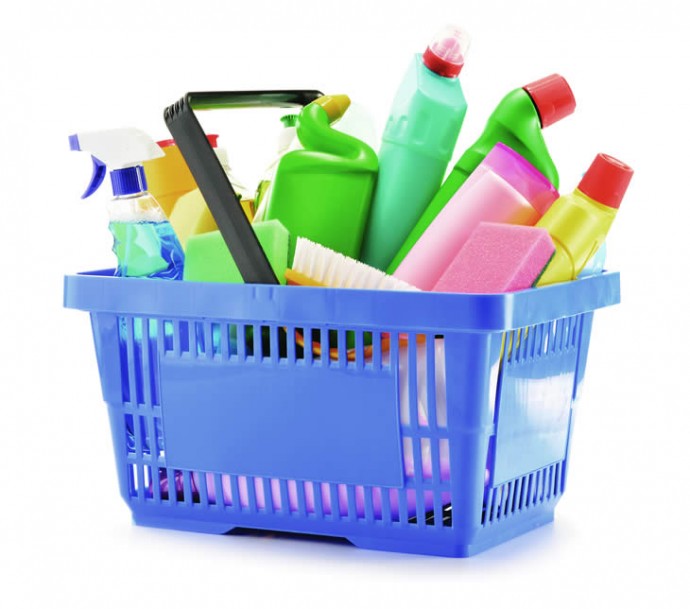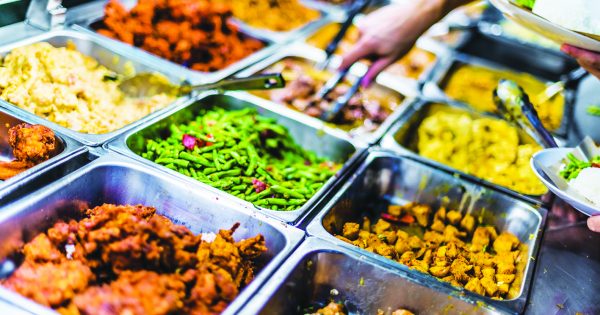Poisoning in children can be prevented! Almost any household product and medication meant for adults can be poisonous to children. Be prepared with prevention by anticipating the dangers of poisoning. Here are some potential poisons in the home:
Deadly poisons: common chemicals found in your home
- Medications. Many medications look and taste like sweets. In the United States, medication is the leading cause of child poisoning. More than 60,000 children visit emergency rooms each year because of medication poisonings. Almost all these visits occur when children gain access to medicines while their parents were not looking. Trends in Malaysia are the same with kerosene poisoning taking a backseat in urban settings, being superseded by medicines. Pain-relievers, diabetes medicine, iron tablets, sedatives, heart and blood pressure tablets are some common medications found at home. If ingested, they can cause symptoms of poisoning such as nausea, vomiting, drowsiness, falling over, tummy pain, and fits in your child
- Mothballs. Generally used as an insect repellent, they are a possible source of danger as they can be easily ingested by your child. Mothballs contain either naphthalene or paradichlorobenzene, which are toxic chemicals. Both become a gas when exposed to air (which causes that pungent moth ball smell). Signs that your child has come in contact with mothballs include: eye, nose, throat and lung irritation, respiratory problems, vertigo, confusion, headache, nausea, vomiting and/ or fatigue. If your child is G6PD deficient, the mere exposure to these can cause haemolysis (destruction of red blood cells).
- Pesticides. Despite how useful they can be in keeping cockroaches, mosquitoes, or any other household or garden pest at bay, they are also poisons. Not only should you control its usage, you should also keep its container in hard-to-reach locations. Be sure to ventilate any enclosed spaces after use and check to make sure you are using the appropriate pesticides. Contact with pesticides could cause adverse reactions in your child. They include: headache, dizziness, weakness, shaking, nausea, stomach cramps, diarrhoea, and sweating.
- Air fresheners. Some are highly flammable and can be strong irritants to your child’s eyes, skin, and nose/throat. When used excessively or in a small, unventilated area, these products release toxic levels of pollutants. A local consumer group, Malaysian Association of Standards Users, arranged for several air freshener products to be tested by two separate private laboratories in Malaysia for toluene, benzene, formaldehyde, and phthalates. All the products tested positive for at least one of these toxic contents, yet none of the products listed any of the chemicals that they tested positive for.
- Cleaning solutions. Many cleaning detergents, soaps, or liquids contain harsh chemicals such as ammonia or bleach. If your child is exposed to fumes, rubs his eyes or sucks on his fingers (after touching the chemicals), and/or eats or drinks them, it could cause severe irritation of the sensitive membranes of his eyes, nose, and/or mouth. If you find him unconscious, not breathing, or having convulsions or seizures, call your local emergency number right away.
- Batteries. Come in many shapes and sizes; be extra careful especially if you use a lot of small-sized batteries (e.g. button cell batteries) as they are small enough for your child to accidentally swallow if he puts it in his mouth. The most serious injuries are usually associated with batteries that measure 20mm in diameter as they are likely to get stuck in a small child’s oesophagus. If this happens, it can cause tissue injury and necrosis within hours, leading to perforation of the oesophagus or death if not removed urgently.

- Cigarette smoke. It is a toxic pollutant, made up of more than 4,000 chemicals. It affects not only smokers, but also non-smokers; studies have shown that exposure to second-hand and/or third-hand smoke is potentially deadly. The Centers for Disease Control ranks smoking as the leading preventable cause of death and disease in the United States each year.
Did you know?
In the UK, more than 28,000 children receive treatment for poisoning, or suspected poisoning cases each year.
Storing dangerous chemicals
Never store cleaning chemicals and disinfectants in areas where food is handled or where medications are kept. Cleaning products, pesticides, and/ or medication should never be kept in food or drink containers. If this is done, it is an accidental ingestion waiting to happen! Anyone (especially your child) can mistake the contents to be food/drinks and ingest it. The worst part is that you might not even know what was in the container, especially if it was filled a long time ago; this is important information for emergency responders to know as the procedure is different for different chemicals.
If you must use other containers to keep your chemicals/medication in, always make it a point to label the container accordingly AND to store it in a location that is out of your child’s reach.
Other things you can do to keep your child safe include:
- Always store potentially deadly substances out of children’s reach.
- Never take your medications in front of children as they may try to emulate your actions.
- Any cabinets used to store potentially deadly substances should be secured with child-proof latches even after they have been removed. Chemical traces may linger and poses a danger to your child should he be exposed to them.
- Bottles or containers with cleaning products should never be left unattended or open. If you are interrupted while cleaning, put away the cleaning supply. Do not leave anything lying around as your child may be tempted by it.
- Take only the amount of chemicals (e.g. pesticides, cleaning detergent, etc.) that you need from the container. Ensure it is kept back in a safe location (e.g. child-proofed cabinet or high shelf) before going about your work.
- Always use proper personal safety equipment when working with
chemicals. Follow the recommendation on its label, which may require
the use of gloves or goggles. - Once your work is complete, all disposable items (e.g. paper towels, rags, etc.) that were used with the chemicals should be properly discarded. To ensure your child will not have access to them, you should take out the trash immediately.
Safety first
While it’s not possible to be with a child 24 hours a day, it’s important that the things that can really hurt them have as many barriers as possible. Keep anything dangerous locked up and out of reach. Children rely on their parents to provide them with a safe environment.
Who to contact?
Most cleaning products and chemicals come with emergency instructions on their label, but it doesn’t hurt if you can prepare a list of emergency telephone numbers to keep close at hand. Telephone numbers that you might want to list include:
- National Poison Centre (USM, Penang)1-800-88-8099 / +604-657 0099 (Monday-Friday: 8.10am-5.10pm)
After Office Hours: +6012-430 9499 (including weekends and public holidays)
- The nearest hospital/clinic
- A local ambulance service
- Your family doctor







Comments